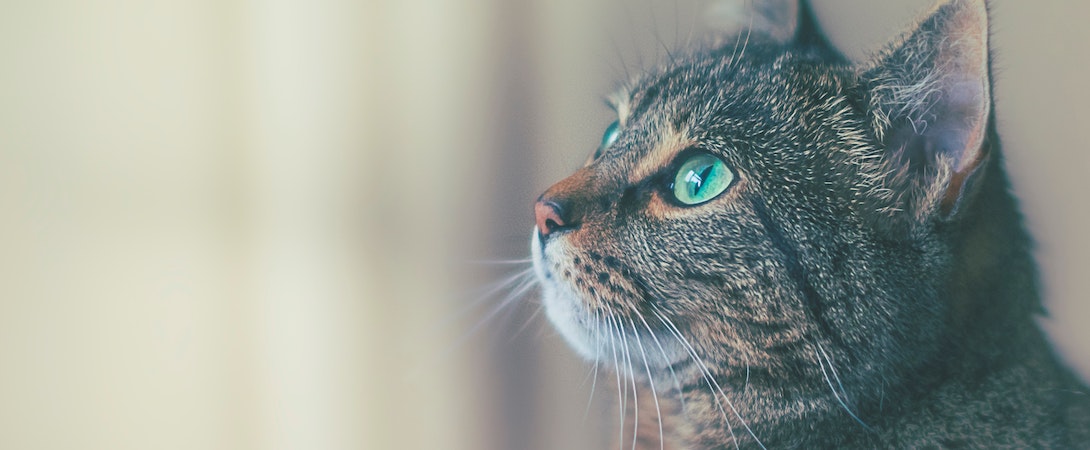Exploring The Ethics Of Spay And Neuter
Spay and neuter campaigns are the de facto means to reduce companion animal overpopulation. They tap into the public’s sympathy for homeless animals. People become indignant at those who refuse to sterilize their charges, casting them as irresponsible louts. But spay and neuter methods are not without risks. In this chapter from Pets and People: The Ethics of Companion Animals, the author looks at the philosophical and moral dilemmas surrounding this widely accepted practice.
On the surface, the issue seems simple: unconstrained reproduction leads to vast numbers of unwanted animals, mostly dogs and cats. As a result, we euthanize millions of healthy, otherwise adoptable animals each year. Routine spay and neuter prevents further births, thereby reducing the problem of too many unwanted animals. But if an animal is not allowed to reproduce, can they still have a good life? From an animal rights perspective, does mass sterilization meet our duty of care to these dependent creatures?
There are two opposing camps, the ‘welfarists’ and the abolitionists, who weigh in on the debate over animal reproduction. The tenets of welfarism encompass an animal’s right not to be harmed unnecessarily, not to be treated cruelly, and to have their welfare interests taken seriously. This framework leads welfarists to endorse sterilization as a practice that reduces the aggregate harm to animals. The abolitionists, in contrast, espouse a more forceful animal rights doctrine. In their view, animals have the right not to be treated as the property of humans. Indeed, even if the exploitative systems ended, abolitionists deem animal lives as inherently untenable because of their dependent status. Thus, they conclude that we should stop bringing domesticated animals into existence. Sterilization programs, while not ideal, become acceptable because they lead to the desired end.
While the author agrees that spay and neuter programs are permissable, she reaches her conclusion by a different route. Her philosophical framework is underpinned by an affirmative human obligation to animal welfare. In this “community membership” model, humans have a duty of care rather than a duty to refrain from harm. It’s a subtle but important distinction. In the context of spay/neuter, this means that reproduction can be constrained if it is in the interest of the animals themselves rather than the community at large. Since animals are unable to regulate their own reproduction, human action to restrict this activity is reasonable.
But, according to the author, surgical sterilization is not the answer. The author views it as morally dubious because of the potential for harm. It does not meet the criterion of benefitting the animals rather than the human community. By virtue of this argument, our duty of care requires that we find non-invasive methods to control reproduction, and then use them only when it will not negatively affect an animal’s overall quality of life. If we deprive an animal of their ability to reproduce, this should not foreclose their access to the other benefits of reproduction such as nurturing relationships. Animal advocates may be inclined to dismiss these deeper philosophical considerations in the face of overflowing shelters. But our advocacy role must include consideration of the “whole animal” and their rights and preferences. This article offers advocates the opportunity to think more deeply about these issues.

















